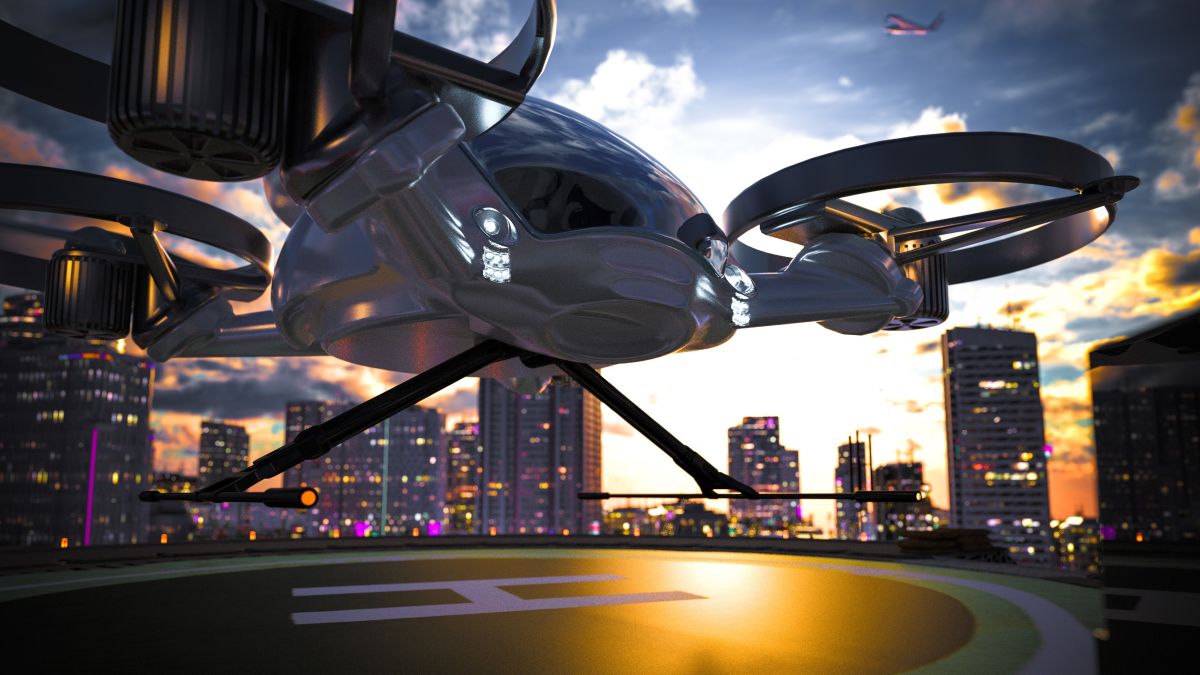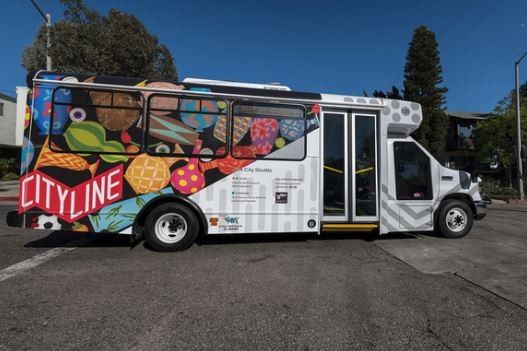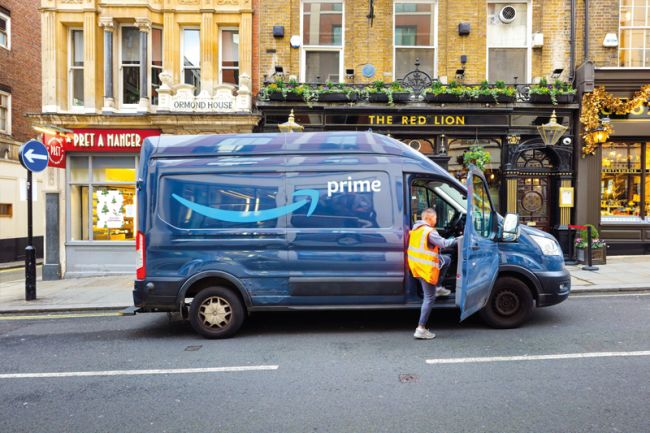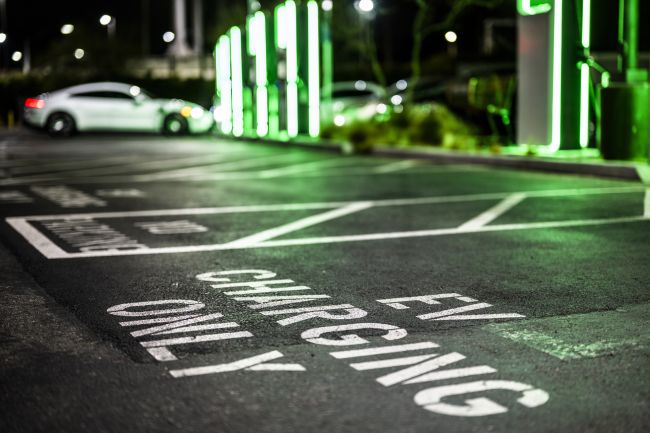Getting Ready for Take-off, Part 5: The European AAM Framework
Europe's evolving eVTOL rules and the push to harmonize Advanced Air Mobility across the EU and globally.

This article is part of Steer's “Getting Ready for Take-Off” series on Advanced Air Mobility.
Welcome to ‘Getting ready for take-off’, Steer’s series on Advanced Air Mobility (AAM). Since 2021, Steer’s infrastructure and aviation teams have been working on ridership and revenue forecasting for electric vertical take-off and landing (eVTOL) aircraft, a groundbreaking form of aerial transit that until recently was a thing of science fiction.
Today, we know that eVTOLs will soon be taking to the skies of cities across the U.S. and the world, making journeys simpler for passengers and easing congestion on the gridlocked streets below. How many people will be riding in these aircraft? What will the price point be? And what legislation and regulatory policies will govern their introduction? These questions and more will be answered in our series. Read below to find out more.
In Spring 2024, it was announced that French authorities had given the go-ahead for a floating vertiport on the river Seine, raising the tantalizing prospect of an eVTOL air taxi taking off amid the 2024 Paris Olympics.
While this vision was not ultimately realized due to supply-chain issues at Volocopter, there are more than 50 cities and regions across Europe exploring AAM frameworks.
The U.K. is in the early stages of planning, with eVTOL flight tests underway, and Italy, Denmark, and Spain are all working on infrastructure development plans as they head towards eVTOL certification.
There are many applications envisioned for AAM. So-called air taxis, which operate between key locations such as inner-city business districts and airports, regional services for passengers and cargo, and even the emergency services could all soon be making use of eVTOLs for smoother, more timely and less polluting journeys.
What is the state of play for AAM regulation in the EU?
In Europe, the European Union Aviation Safety Agency (EASA) has established a framework for the integration of eVTOLs based on two regulations: Delegated Regulation (EU) 945/2019 which defines airworthiness certification requirements and Commission Implementation Regulation (EU) 947/2019 which defines three categories of operations (Open, Specific and Certified). The Certified category has been designed for the operations with the highest level of risk; future eVTOL flights with passengers on board (such as air taxis) fall into this category. Recent revisions from 2024 of the Easy Access Rule for Unmanned Aircraft Systems also consolidated the body of European regulations.
The approach used by the European regulator is to ensure that the safety of these flights will be very similar to that of manned aviation. All eVTOLs will need to be certified in two ways: with a type certificate and a certificate of airworthiness. Additionally, the eVTOL operator will need an air operator approval issued by the competent authority, and the (remote) pilot will be required to hold a pilot license.
However, in order to allow operations in the Certified category, almost all European aviation regulations have to be amended, as they were not drafted with UAS in mind. This is a major task which will take time, compounded by the hope that safety regulators across the world can harmonize as much as possible. Plainly, having regulatory harmonization brings significant benefits, including removing regional barriers to entry, expanding the market, increasing competitiveness, reducing costs and achieving greater administrative simplification, all of which the aviation industry is well aware.
A positive step in this direction was the joint Federal Aviation Administration (FAA)-EASA announcement in June 2024 that both safety regulators had made significant progress in their efforts to align more closely rulemaking and policy initiatives between the United States and the European Union. This resulted in alignment on take-off weights and specific safety features, even if key differences remain.
Safety
In terms of airworthiness, EASA requirements have been developed through special condition SC-VTOL to establish design objectives for eVTOL aircraft. EASA has decided to differentiate between conventional rotorcraft (i.e. helicopter) and eVTOL because eVTOL use distributed propulsion.
In addition, EASA has introduced two categories linked to the type of operation, Basic and Enhanced (the FAA has a similar approach). The Enhanced category will be the one for commercial air transport of passengers, resulting in the highest level of safety provided to them, regardless of the number of passengers on board or the terrain overflown. This category has a safety objective of 10⁻⁹ per flight hour (one in a billion flight-hour), the same as helicopters in Europe. In terms of fatalities per billion passenger travel km due to random system failures, this corresponds to an effective safety level between that of a car and a bus.
In contrast, the FAA has a 10⁻⁸ safety objective (one in 100 million). Setting the objective at this level has the benefits of reducing development and certification time and costs, and on that account probably better supporting the eVTOL products of smaller companies and start-ups, but according to its detractors, at the risk of lower safety for passengers.
Whilst regulators on both sides of the Atlantic (and elsewhere) maintain some differing views on eVTOL regulation, all are focused on addressing the issues that AAM raises. In such a new sector, where the industry is nervously waiting to know what the rules are, engagement with the industry, operators and infrastructure providers remains crucial.



















